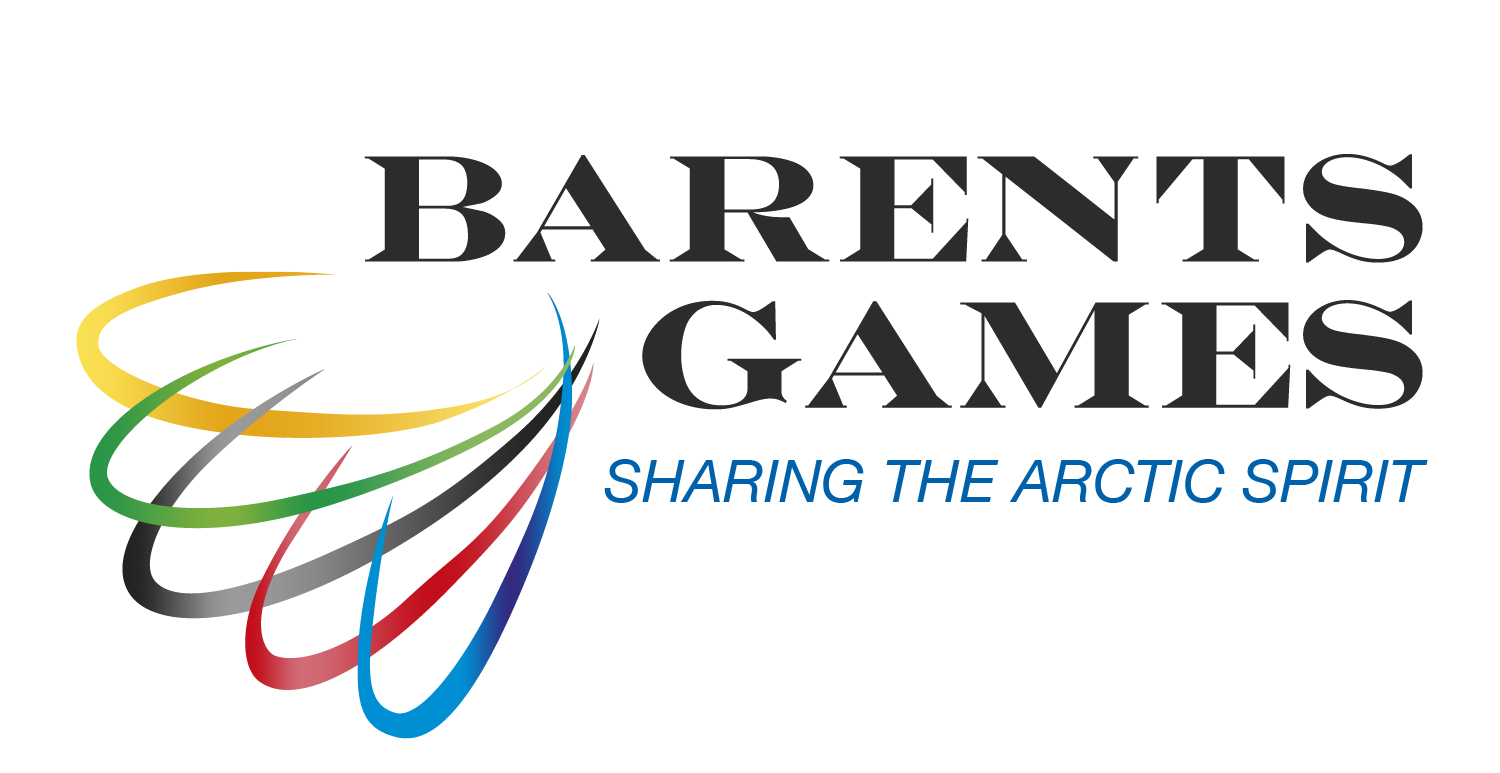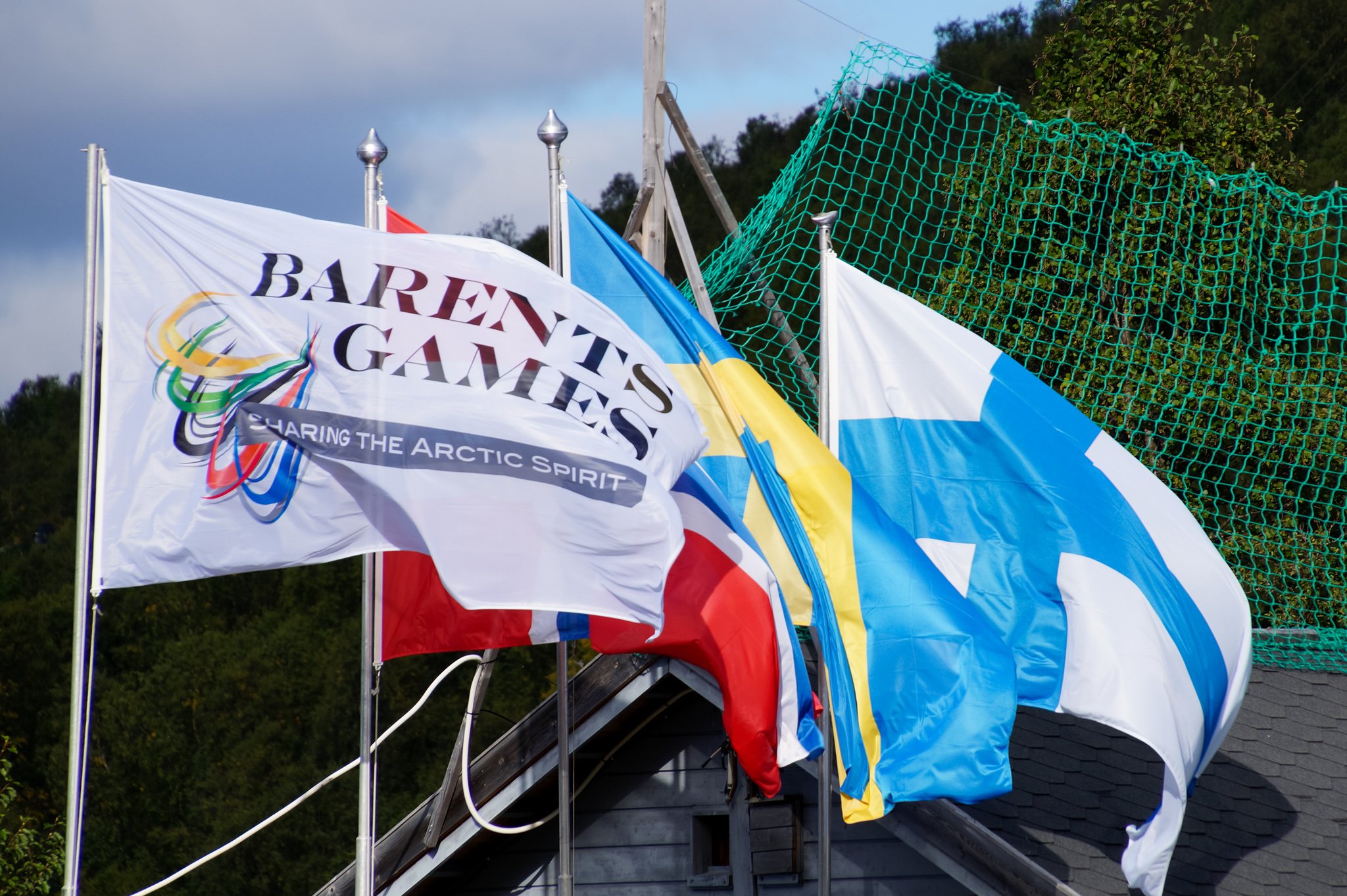History of Barents Sports
Barents Sports is a joint project between Norway, Sweden, Finland and Russia aimed at young people aged 15–25 and involving up to 10.000 young adults every year.
The purpose of Barents Sports is for sporting activity to involve as many young people as possible across the borders. It should contribute towards breaking down political, cultural and social barriers.
In terms of sport, the aim is to improve quality across the board. The Barents Cooperation strives to function as a platform for an increased exchange of athletes, coaches and managers to hone expertise and skills, and increase tolerance. Encouraging physical activity for all is also a significant goal.
From 11.02.2022 Russia is banned from the Barents cooperation due to the war in Ukraine. See protocol 3/22 case 14/22
Strategic Plan 2024–2027
– was approved at the Barents Sport Conference 8.–10. September 2023 in Piteå, Sweden. Download the strategic plan here
Guidelines for Barents Sports
Guidelines was approved at the Barents Sport Conference 8.–10. September 2023 in Piteå, Sweden. Download the guidelines here
The Barents Euro-Arctic Region – a short description
Finland
The regions of Lappland (Lappi), North Bothnia (Pohjois-Pohjanmaa) and Kainuu.
Norway
The regions of Nordland, Troms and Finnmark.
Sweden
The regions of North Bothnia (Norrbotten) and Northwest Bothnia (Västerbotten)
Russia
The regions of Murmansk, Arkhangelsk and Karelia (and Nenets and the Komi Republic)
From 11.02.2022 Russia is banned from the Barents cooperation due to the war in Ukraine. See protocol 3/22 case 14/22.
Historical background of the cooperation in sports
The cooperation among people in the Barents Region goes far back in history. With the long distances and poor communications to the southern and more central parts of the respective countries, it felt natural for the sports organizations to build cooperation across the borders in the north.
At a meeting of «Felleskomiteen» for the Nordic sports organizations in 1950, they agreed on a sports cooperation in the northern parts of Finland, Norway and Sweden, until 1997 named the Calotte cooperation of sports. The formal Cap of the North Cooperation was launched and an agreement between the sports associations in Finland, Norway and Sweden were established. Norway was the driving force in getting things off the ground. Sport in Norway and Finland had a lot of catching up to do after the Second World War. Sweden had both the expertise and the resources to help rebuild the sporting organizations in neighboring countries. Furthermore, north–south communication was both inadequate and time-consuming in all three countries.
In 1960, a bilateral agreement between the sporting organizations of East-Finnmark (later Finnmark Idrettskrets) and the Murmansk region was signed. There are also bilateral agreement between sports organizations in Finland, Russia and Sweden.The agreement related to cross-border sporting cooperation. This was back in the days of the Cold War, but despite a number of minor setbacks, the collaboration has continued right up until the present day. The contact that was established in this way with Russia also served as a model for international cooperation in the Barents region, a collaboration that was established in 1994, when Russia joined as the fourth party in the Cap of the North Cooperation, which changed its name to Barents Cooperation in 1997.
Shortly after the Kirkenes Declaration had been signed in 1993, the sports organization started to work on a strategic plan for a sport cooperation in the region with Russia as full member. In the period fraom 1995 - 1997 one person from each country were working on this plan. At the Calotte Conference in 1997 the name was formally changed to Barents Cooperation.
Over the years the most important platform for the collaboration has been the Cap of the North Contest, now called the Barents Matches. The Barents Matches have included at most some 20 different sports. Since 2014, a joint competition has also been established for around 30 different sports under the name Barents Games.
In addition to the various competitions, the collaboration also includes courses, training camps, seminars, a coach exchange and cooperation at club level. Sport is a huge aspect of people-to-people cooperation in the Barents region. This is why it is extremely satisfying to see that there is now more exchange in the east–west passage than ever before.
Barents Sports has long had a strong link to the Barents Secretariat and its sports programme, which focuses on strengthening the exchange with Russia and Russian sport.
From 11.02.2022 Russia was banned from the Barents cooperation due to the war in Ukraine. See protocol 3/22 case 14/22
The contact between athletes, trainers and leaders has led to:
Barents Games – summer and winter
Barents matches
Camps for youth
Seminars for leaders and trainers
Exchange of trainers
Bilateral cooperation between sports clubs
Barents Games
In 2009 a Barents Festival with 8 different sports was organized in Luleå, Sweden. This was the first time more than one Barents sport were gathered at the same place and at the same time. This was the percursor to Barents Games, and about 600 athletes, coaches and leaders participated.
In 2010, 2011 and 2012 it was not possible to organize any common competitions for the sports due to lack of financing.
Then in 2013, again in Luleå, Sweden, (9.–11. August 2013) a test for Barents Summer Games were organized. It was a great success – and Barents Games was borned. Guidelines for Barents Games were decided, and all four countries agreed.
In 2014 we had the first official Barents Winter Games in Tromsø, Norway (4.–6. April 2014) with 9 sports participating.
In total 624 athletes, coaches and leaders participated.
In 2015 the first official Barents Summer Games in Oulu, Finland (7.–9. August 2015) were organized. 14 sports participated with 868 athletes, coaches and leaders.
In 2016 Barents Winter Games was organized in Murmansk, Russia (1.–3. April 2016). 10 sports participated wiht 709 athletes, coaches and leaders.
In 2017 Barents Summer Games was be organized in Bodø, Norway (1.–3. September 2017) 15 sports participated, with 778 athletes, coaches and leaders.
In 2018 Barents Winter Games was organized in Luleå, Sweden (16.–18. March 2018). 15 sports participated wiht 1460 athletes, coaches and leaders. It has been the biggest Barents Games ever!
In 2019 Barents Summer Games was organized in Murmansk, Russia (30 August.–01. September 2019) 11 sports participated, with 625 athletes, coaches and leaders.
In 2020 Barents Winter Games was to be organized in Kajaani Finland (27.–29. March 2020). 15 sports was to participate, over 1500 athletes was registerd to come to the games. Covid 19 came, and unfortunately we had to cancel the event just two weeks before the opening ceremony.
Covid-19 also affected the events Barents Summer Games 2021 (Tromsø, Norway) and Barents Winter Games 2022 (Alta, Norway). They were postponed until later.
Finaly: In 2022 Barents Summer Games was organized in Tromsø, Norway (02. - 04. September 2022) These Games were not only our first after Covid, but also after we unfortunately had to ban our partner Russia due to their ongoing war in Ukraine. It presented many challenges, but 10 sports participated, with 584 athletes, coaches and leaders.
In 2023 Barents Winter Games was organized in Bodø and Narvik (31, March –02. April 2023) 13 sports participated, with 1022 athletes, coaches, leaders and guests.








